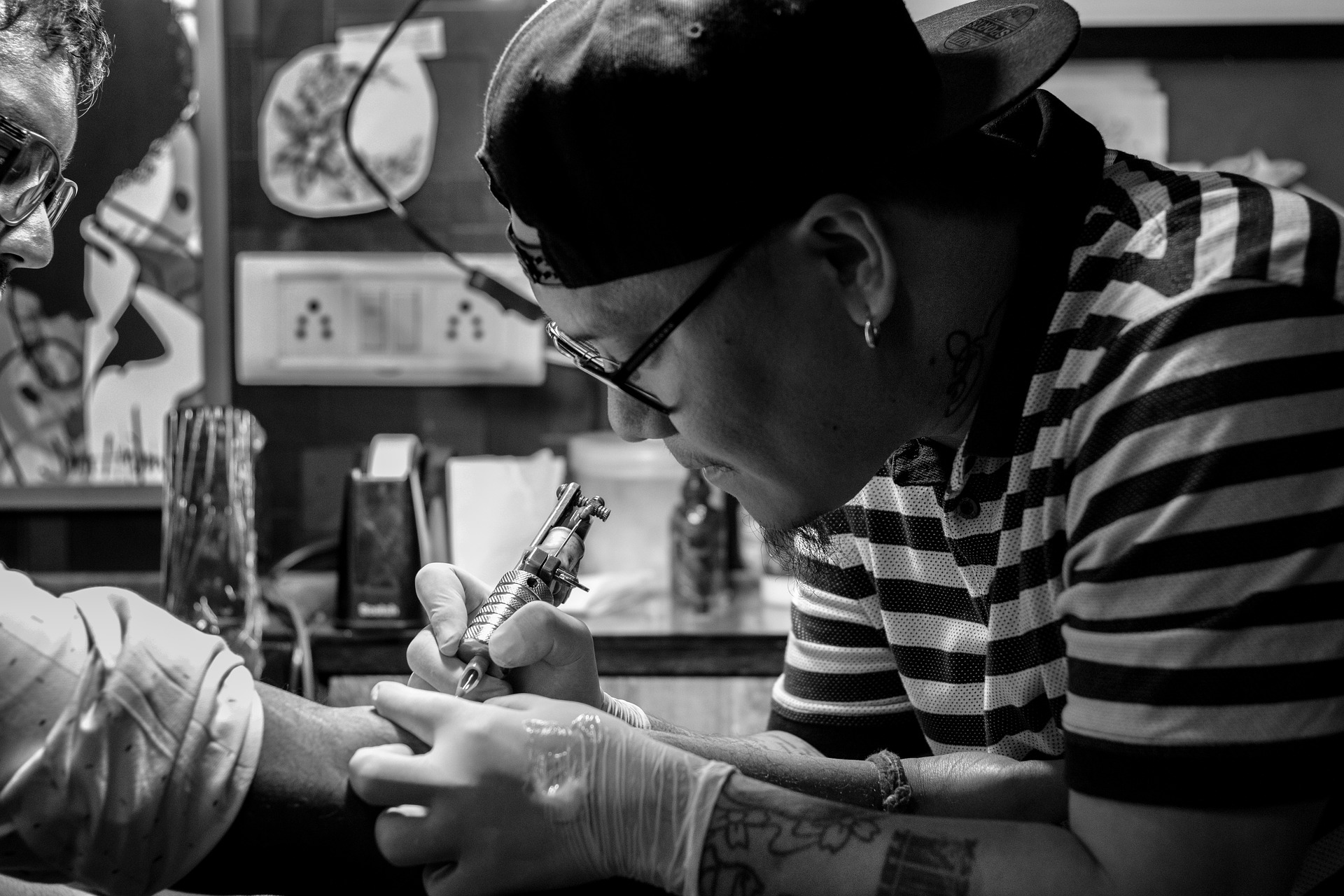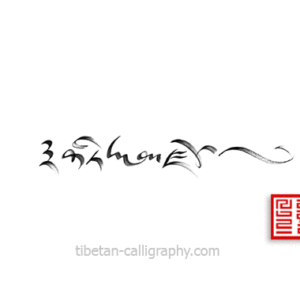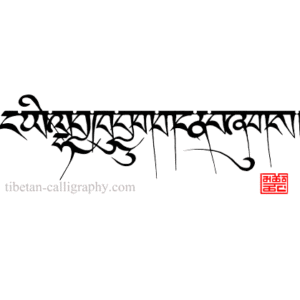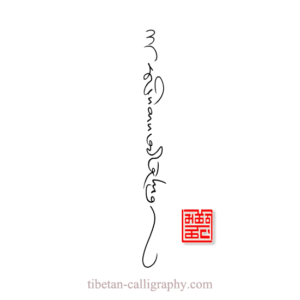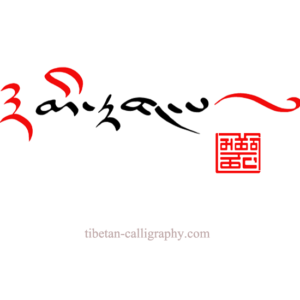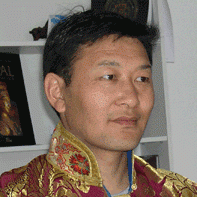
Home » Blog of Tibetan tattoos » Japanese tattoos : Origin and expansion
Japanese tattoos : Origin and expansion
Japanese tattoo was an instrument for punishment
Initially (until the 16th century) japanese tattoo was an instrument for punishment used in the army. From there it was gradually deported in society under the name of Irezumi – of “Ire” and “Sumi” meaning “place” and “ink”.
Japanese tattoo across the body. The tattoo became ornamental in the 17th century and reached its peak with Suikaden in 1757. This is a translation of the Chinese novel “Water Margin”, which narrates the adventures of 108 bandits wearing tattoos on the whole body.
A new style emerged in the 19th century
During the 19th century, a new style emerged, signaling the start of the Western fascination with the Japanese tattoo. This decadent period, which is situated at the end of the shogunate Tokugowa, also marks the golden age of print on wooden planks.
The tattoo covers all or parts of the body, the suit may well become complete and reach the wrists and ankles. Its iconography is based on the nature of Japanese folklore, as well as religious source.
Yakuzas adopted tattoing
Banned in 1872, tattooing became an illicit activity and a total taboo in the 20th century. As associated with Yakuzas, whose membership of their groups was very often marked by tattoos.
It is now due to a hyper-connected world that foreigners were in turn seized by the standards of the art of Japanese Irezumi to revive it outside of its original birthplace.
In Tibet, it is the same impression on wood that prints to this day the Dharma texts, Tibetan Buddhism.
Source: www.quaibranly.fr, exhibition “Tattooists, tattooed”
Share :
Anne Choktsang
Recent posts


History and Popularity of Tattoos in the United States
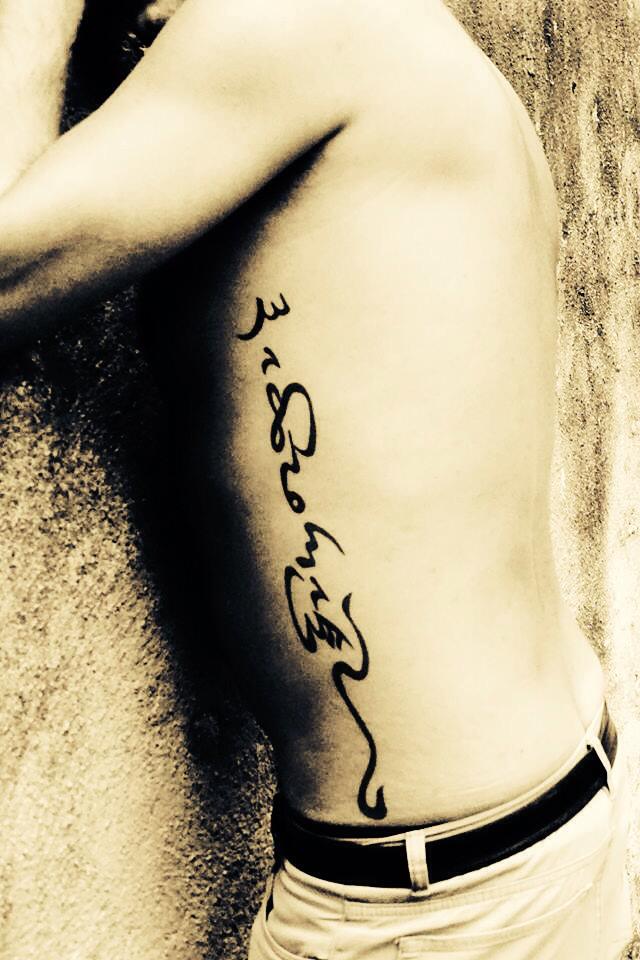
Letter tattoos: how to choose them – advice from a Tibetan artist
